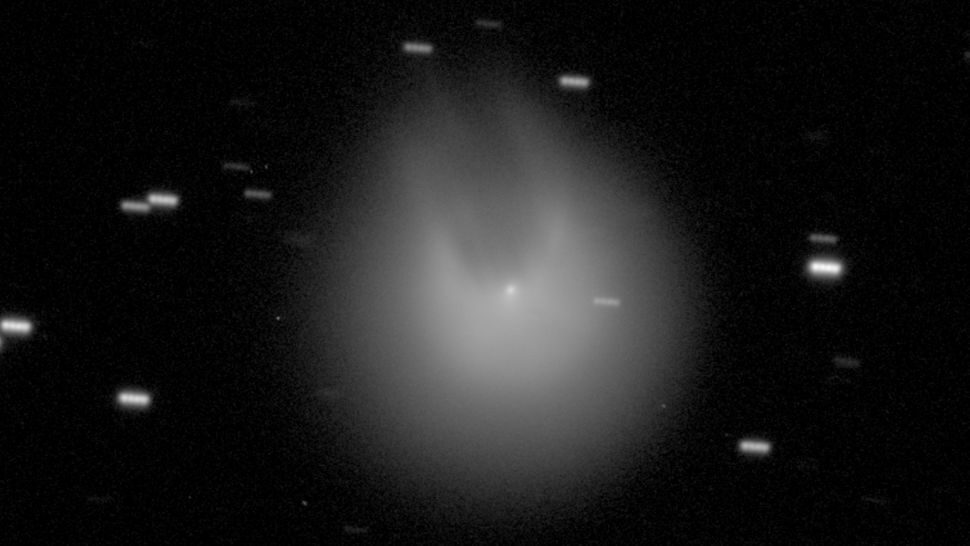
The comet, named 12P/Pons-Brooks (12P), is a cryovolcanic, or cold volcano, comet. Like other comets, 12P has a solid nucleus — a hard, icy shell filled with ice, gas and dust — that is surrounded by a fuzzy cloud, or coma made of materials that leak out of the comet's insides.
But unlike non-volcanic comets, radiation from the sun can superheat 12P's interior, causing pressure to build up until it becomes so intense it cracks the nucleus' shell from the inside and sprays its icy guts into space. These eruptions cause the comet's coma to expand and brighten as it reflects more sunlight toward Earth.
When the comet erupts, its coma forms iconic devil "horns." These occur because 12P's large nucleus, which spans around 10.5 miles (17 kilometers) across, has an unusual "notch" on its surface, which blocks the outflow of cryomagma into space and causes its expanded coma to grow with an irregular shape.
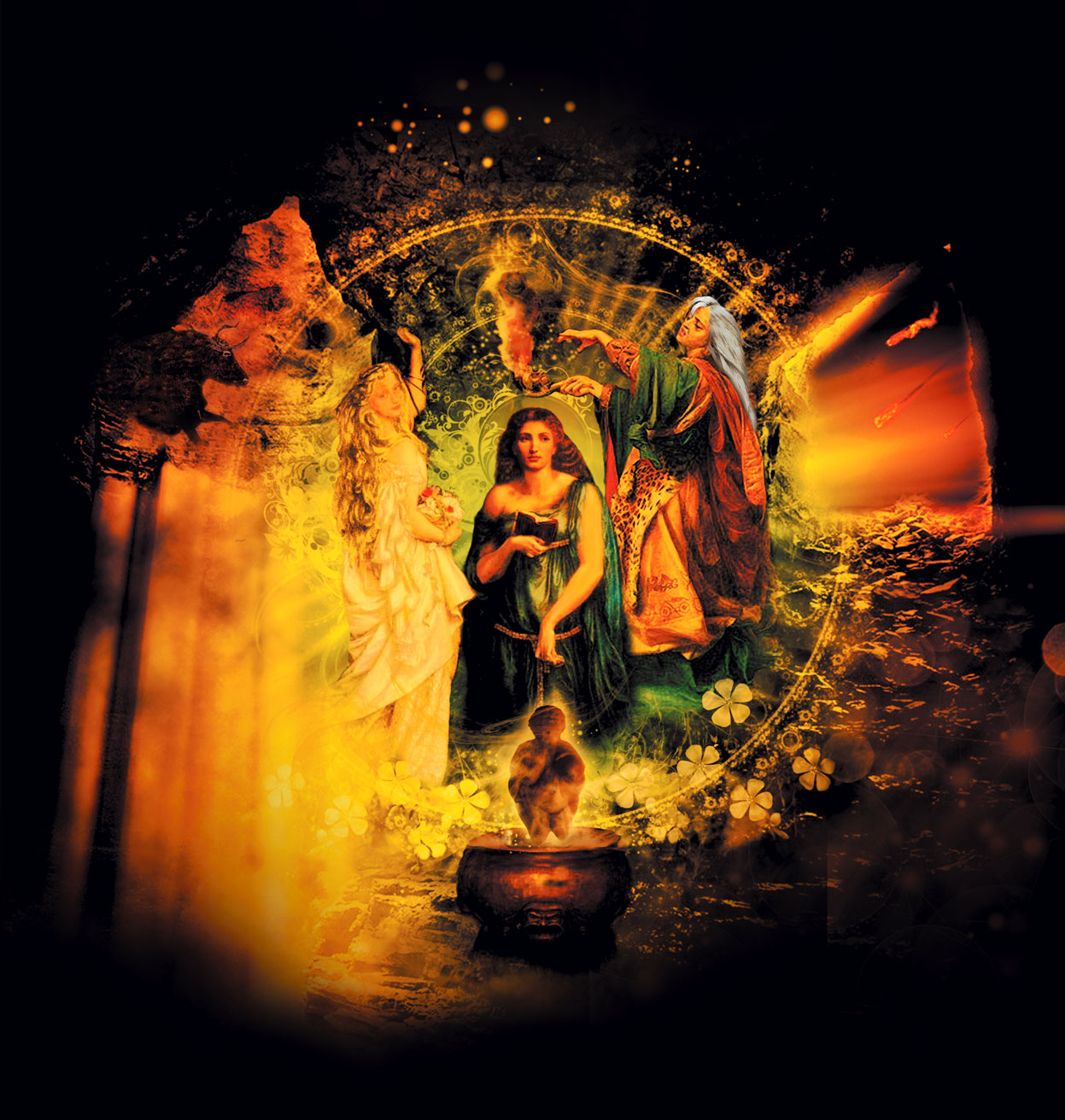
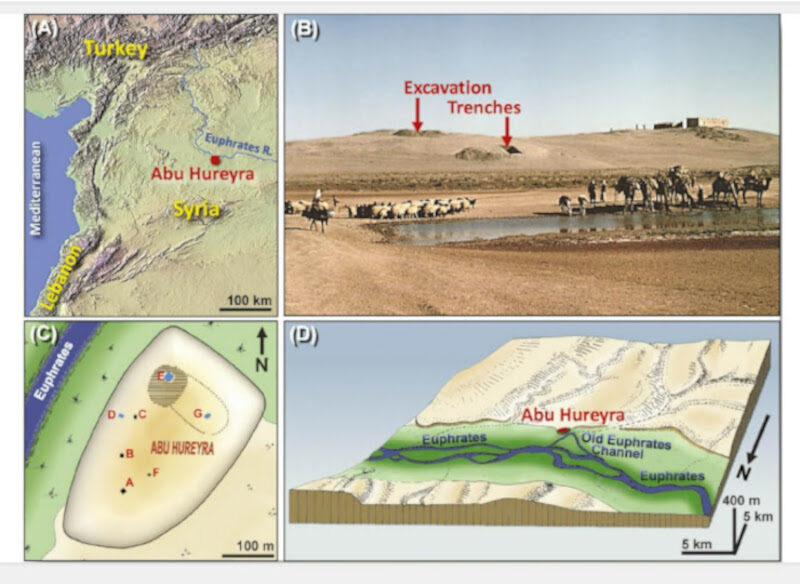

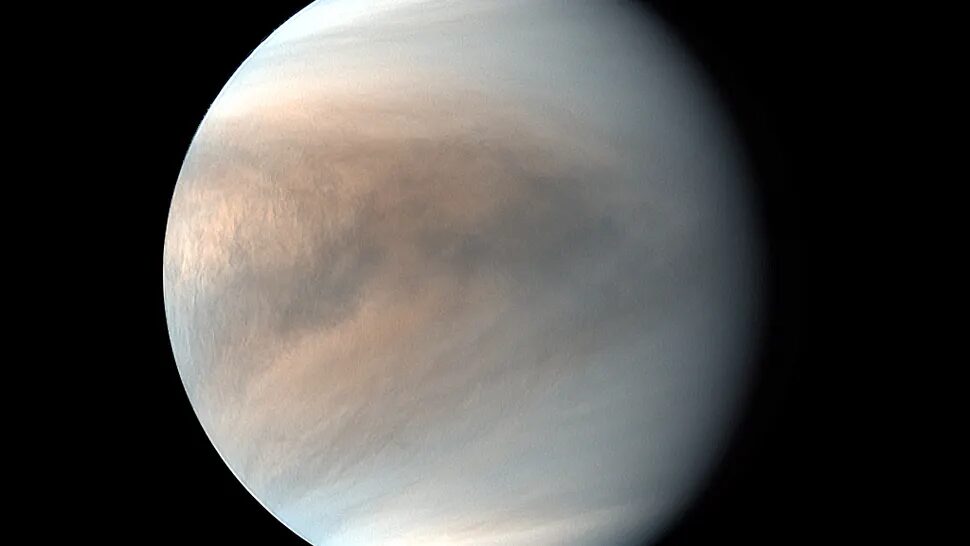
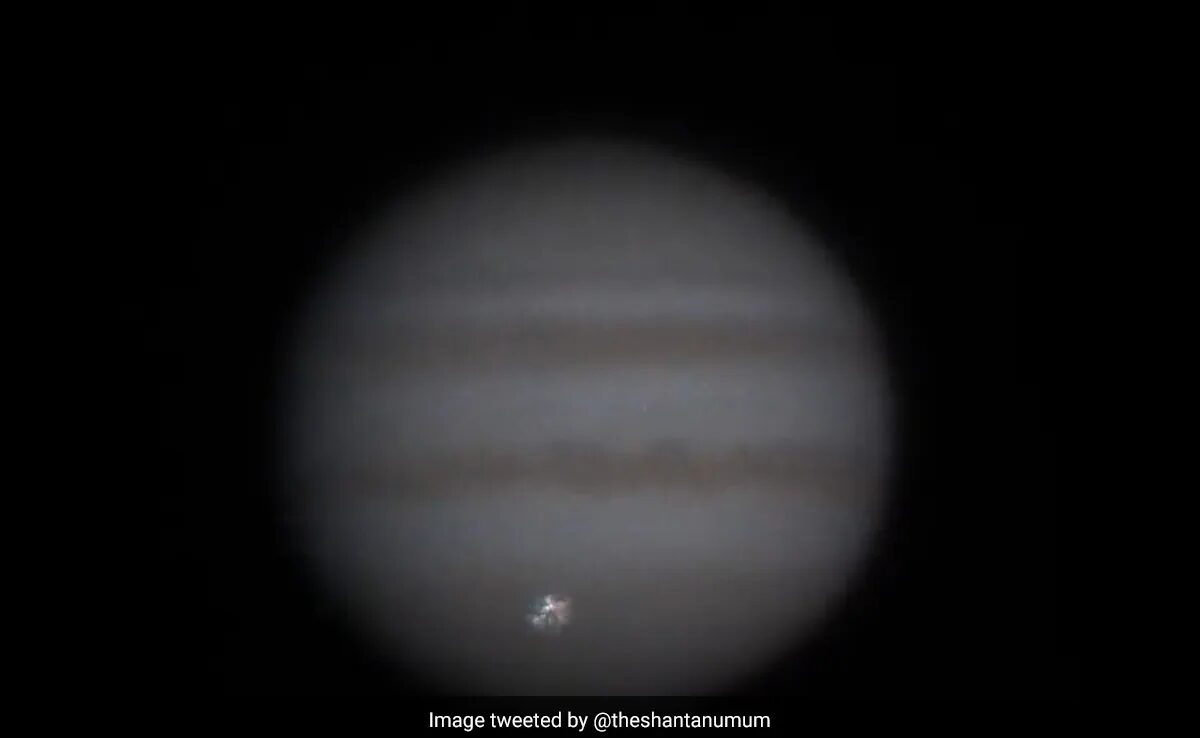
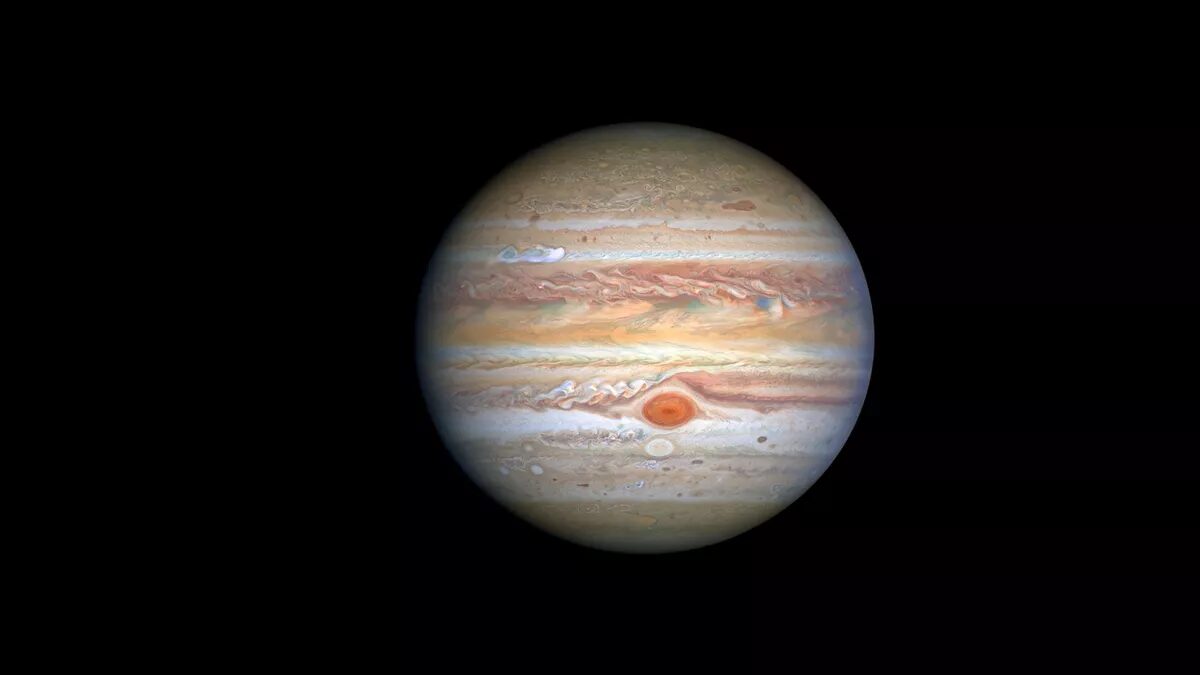
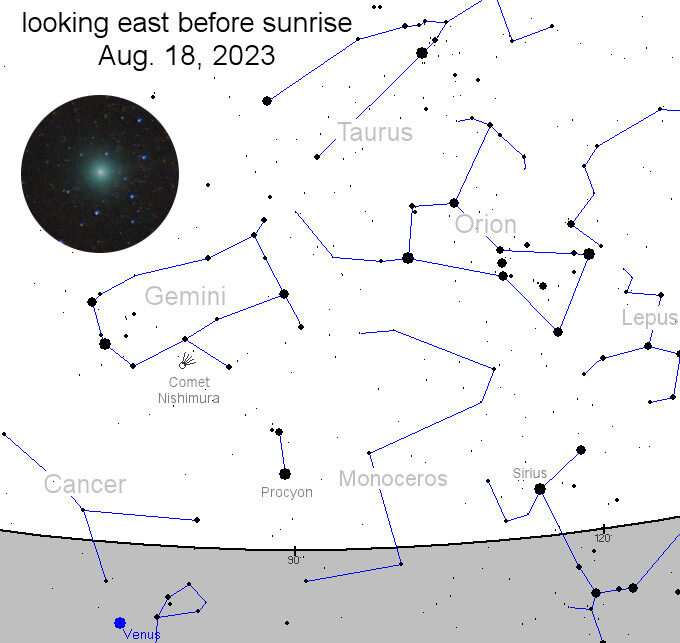
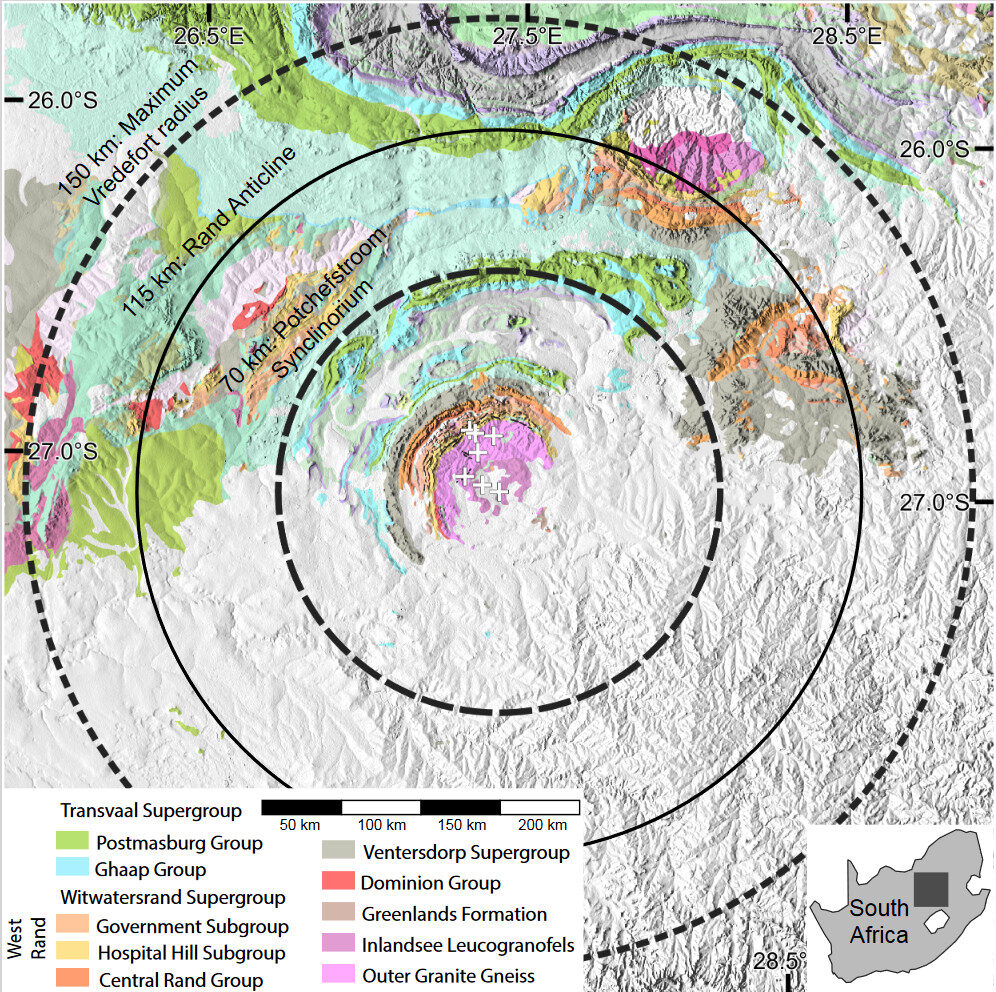
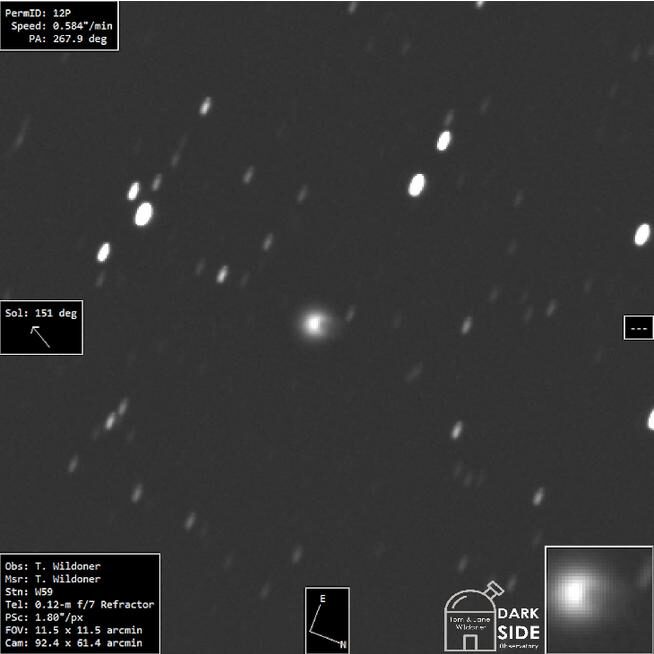



Comment: For fascinating insight into this phenomena, and more, check out the following articles:
- Celestial Intentions: Comets and the Horns of Moses
- Tunguska, the Horns of the Moon and Evolution
Of note regarding the above, is the similarities between asteroids, comets, and even planets; as Pierre Lescaudron writes in Earth Changes and the Human-Cosmic Connection: Note that this comes on the heels of a discovery that Mercury was recently discovered to have a magnificent comet-like tail, and aurora.The following article from Mr Lescaudron sheds more light on the topic: The Seven Destructive Earth Passes of Comet Venus
And check out SOTT radio's:
- Behind the Headlines: Earth changes in an electric universe: Is climate change really man-made?
- MindMatters: The Holy Grail, Comets, Earth Changes and Randall Carlson
- Behind the Headlines: The Electric Universe - An interview with Wallace Thornhill
Live Science adds more information: